926213
TADF Blue m-ACSO2
≥95%
Sinonimo/i:
10,10′-(Sulfonylbis(3,1-phenylene))bis(9,9-dimethyl-9,10-dihydroacridine), m-ACSO2, TADF with no host
About This Item
Prodotti consigliati
Descrizione
PL: 473 nm (film)
delta EST: 0.07 eV
Livello qualitativo
Saggio
≥95%
Stato
powder
Banda proibita
3.1 eV
Colore
pale yellow
Solubilità
THF: soluble
toluene: soluble
Fluorescenza
(blue) (light)
Energia dell’orbitale
HOMO -5.36 eV
LUMO -2.26 eV
Applicazioni
Bright, deep blue and stable emitters for OLEDs are grand challenge on OLED design at the moment. In this context, our m-ACSO2 is a promising TADF as solution-processable TADF blue emitter without the need of a host with a singlet–triplet energy gap (ΔEST) of 0.07 eV.
Codice della classe di stoccaggio
11 - Combustible Solids
Classe di pericolosità dell'acqua (WGK)
WGK 3
Punto d’infiammabilità (°F)
Not applicable
Punto d’infiammabilità (°C)
Not applicable
Scegli una delle versioni più recenti:
Certificati d'analisi (COA)
It looks like we've run into a problem, but you can still download Certificates of Analysis from our Documenti section.
Se ti serve aiuto, non esitare a contattarci Servizio Clienti
Possiedi già questo prodotto?
I documenti relativi ai prodotti acquistati recentemente sono disponibili nell’Archivio dei documenti.
Il team dei nostri ricercatori vanta grande esperienza in tutte le aree della ricerca quali Life Science, scienza dei materiali, sintesi chimica, cromatografia, discipline analitiche, ecc..
Contatta l'Assistenza Tecnica.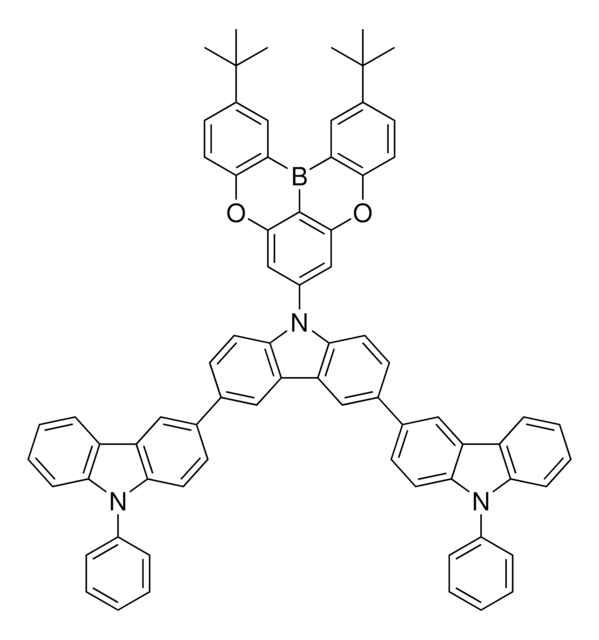

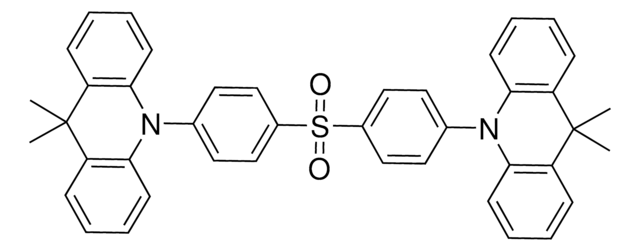
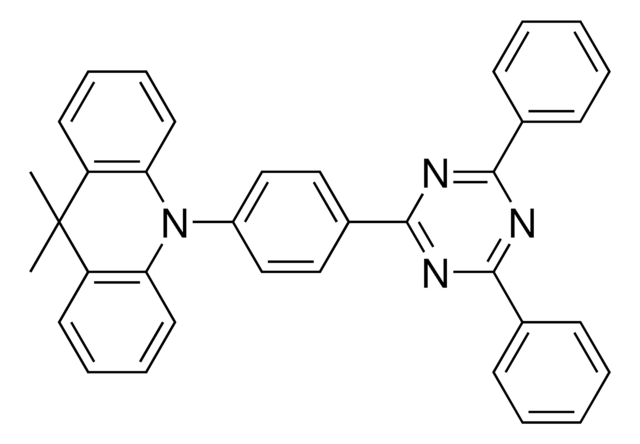
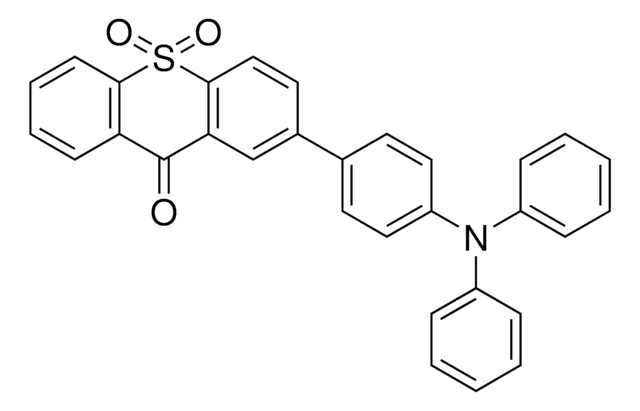
iridium(III) 97%](/deepweb/assets/sigmaaldrich/product/structures/309/053/0823f035-245c-433d-b033-2eca2d931c67/640/0823f035-245c-433d-b033-2eca2d931c67.png)
![Tris[2-phenylpyridinato-C2,N]iridium(III) 97%](/deepweb/assets/sigmaaldrich/product/structures/167/234/658d0b76-d31d-4fd5-8041-e04e207227c9/640/658d0b76-d31d-4fd5-8041-e04e207227c9.png)
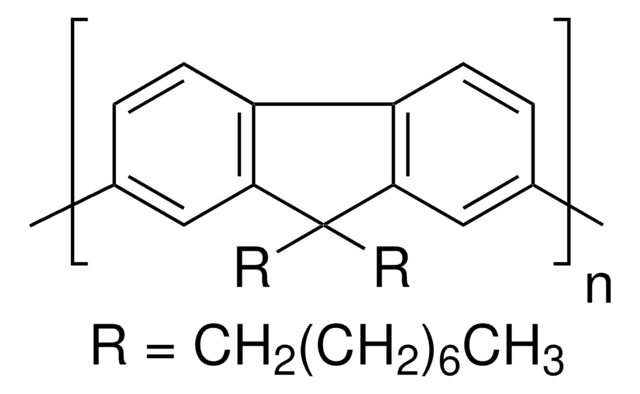
![Tris[2-(p-tolyl)pyridine]iridium(III) ≥99% (HPLC)](/deepweb/assets/sigmaaldrich/product/structures/207/957/bb807380-3690-46c2-809e-e6bc2ba29fa5/640/bb807380-3690-46c2-809e-e6bc2ba29fa5.png)